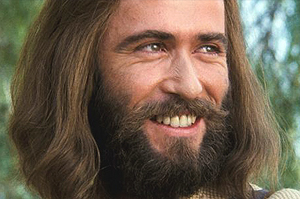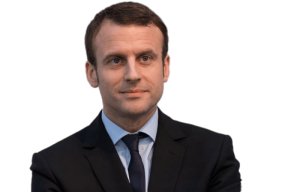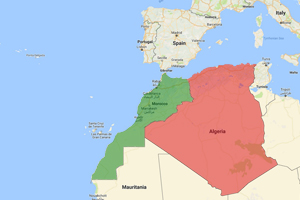
Jesus in the Quran
JESUS in the Quran JESUS IN THE KORAN AND INTER-RELIGIOUS DIALOGUE After much reflection, I have decided, for the first editorial of this blog, part

We are going to fly over a few periods of the very ancient and contemporary Christian history of Morocco, so little known and so precious, often consciously distorted and totally ignored by the majority of Moroccans.
Christianity was established in Morocco several centuries before the arrival of the Arabs during the Roman period, where we find ancient traces in Tangier (Tingis), Asilah (Zilis), Larache (Lixus), Tetouan (Tamuden) and Salé (Salensis)…
A number of Berber theologians were important figures in the development of Western Christianity. Several popes of Rome were of Berber origin: the 14th pope, Victor I (189/199), the 32nd pope, Saint Miltiades, who died in 314, and the 49th pope, Gelasius I, who died in 496. Also the bishop of Carthage and “Father of the Church”, Saint Cyprian (200/258) and Saint Augustine of Hippo (354/430) were of Berber origin. One of the most illustrious Berber figures of these popes was surely Augustine of Hippo, known as Saint Augustine. The Belgian exegete and historian Robert Joly described him as follows:
In the third century, the Church in North Africa was dynamic and prosperous, even if its communities remained a minority in the population.
Since the arrival of the Muslims in Morocco, the Christian community recognized as properly indigenous became over time very discreet, very sporadic and this for nearly one thousand two hundred years.
The Christian community again experienced a significant development starting in 1844, when several episodes involving Morocco, France and the European powers followed one another. These episodes culminated in the Algeciras conference in 1906 which placed Morocco under international observation. Afterwards, there were separate “colonization” treaties concluded in 1912 between France and Morocco and Spain and Morocco. Thus, in 1955, there were no less than 500,000 Europeans in Morocco and more than 200 churches or chapels.
The first Protestant church in Morocco was founded in 1874 in Essaouira. In the mid-19th century, an Anglican community was formed, building its own cemetery around 1850 and erecting in 1906 in Casablanca the church of Saint John, which still exists.
In 1913, the first organized French-speaking Protestant community was established in Casablanca. The first temples were built in the years 1920-1930. Greek and Russian Orthodox churches were also built in Casablanca and Rabat.
Today, the church would gather about 30,000 Christians, including 25,000 Catholics and 15,000 Protestants;
A unique exhibition entitled “Christian presence in Morocco: living together” organized on March 20, 2019, in the gallery of archives of Morocco, unique archive pieces on living together between Christians and Muslims in Morocco were exhibited. Through an unpublished collection of documents and objects, the exhibition offers to travel through history until the reign of the Almohads through Moulay Ismail to rediscover the sources in which the Moroccan identity draws its plurality marked by a friendly living together and good neighborliness. “We have here in this exhibition documents that date back to the twelfth century. We have a letter addressed by a Moroccan caliph to Pope Innocent IV, and we have other letters from other Muslim leaders that show that Morocco is a land, is a country, is a people that accepts the other, whether Christian or Jewish … ” quotes in particular Mr. Jamaa Baida, director of the Archives of Morocco. Indeed, this exhibition has shed light on the values of cooperation and coexistence in the kingdom between Muslims and Christians throughout history from the Middle Ages to the present day.
The secretary general of the CCME, Abdellah Boussouf* said that "since the time of the Almohads, Christians have enjoyed their rights in the Kingdom, such as freedom of movement, the observance of religious practices, the building of churches, marriage, the practice of several important professions including medicine.
For his part, the Cardinal of Rabat, Bishop Cristobal Romero Lopez, indicated that “This Christian presence has always been accompanied by an atmosphere of friendship, cooperation, peace and living together with Moroccan Muslims (…). Morocco could serve as a model in the world for coexistence between different religions.
Jalal Boubker Bennani

JESUS in the Quran JESUS IN THE KORAN AND INTER-RELIGIOUS DIALOGUE After much reflection, I have decided, for the first editorial of this blog, part

“Like tolerance, philosophy is an art of living together, respecting common rights and values. It is a capacity to see the world through a critical

In the meantime, what could we hope for Algeria? Without doubt that Algeria knows the happiness of an alternation Moroccan style…. SO THAT OUR PEOPLES

The first « think tank » unique in the world: an interfaith Woodstock THE MONASTERY OF TOUMLILINE In a world in “perpetual” distress, desolation, drift,

REINVENTING TOUMLILINE “A people without memory is a people without a future” wrote Aimé César or “He who does not know where he comes from